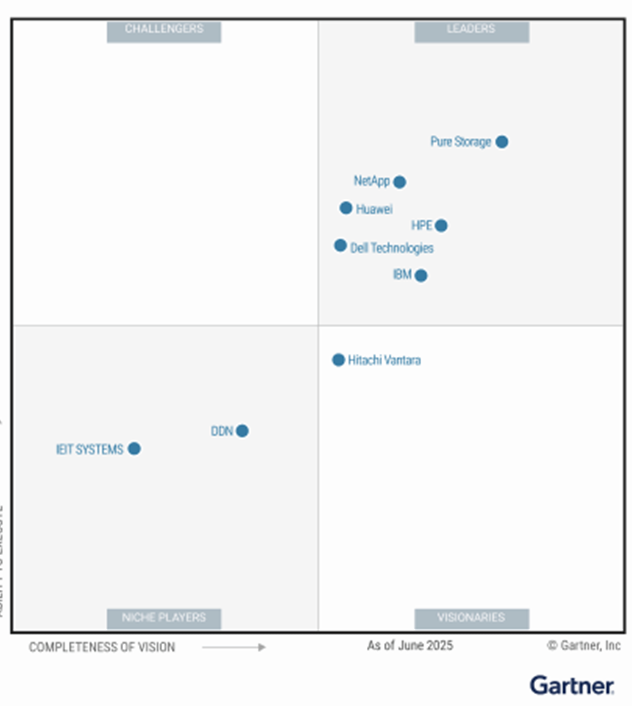How to View Your Cyber Security Efficiency “Inside Out”
- kelsey7515
- Sep 10, 2019
- 3 min read
Updated: Mar 10
Often, security leaders across all sectors do not fully reference or consider essential questions when it comes to their cyber security plans and capabilities. Too often, a total in-and-out view is not taken, leading to some faults within organizational cybersecurity. In cybersecurity, understanding these inside and out weaknesses and vulnerabilities is more pertinent than ever before. Cyber criminals can now access your network faster than ever before, so you need to have a better understanding of any shortcomings.
As said before, cyber criminals have learned how to access data and networks quicker and more directly, so when there are periods of inactivity within an organization – such as a government shutdown – this only increases the ease at which they work. Learning the in and outs of your current cyber security infrastructure will help you see what you are missing or what might help you fight back against these cyber criminals. Organizations need to focus on an inside out view of their security while focusing on “cyber hygiene”.
Cyber Hygiene
Companies tend to assume that the hardware and software they purchase from vendor will always work completely and correctly, and often do not follow up with tests or maintenance as often as they should. These assumptions mean that companies are missing the confirmation that they are fully informed on their cyber defense and that it is accurate. There can be gaps and points of misinformation if agencies do not validate controls and workability continuously. IT teams tend to view security as a one stop process – you create a cyber security plan, implement it and that’s it – which is not the case. You must continuously test it, update it or even change your plan around. This constitutes cyber hygiene as it keeps the process clean, smooth and flowing. It establishes that your security system will never falter and that it can better fight against cyber criminals.
Look “Inside Out”
There are programs like “Continuous Diagnostics and Mitigation (CDM)”, which gives agencies real-time visibility into their security systems with continuous monitoring. However, it still needs to be validated by the implementation of solutions and surrounding data. This is why it is still extremely important for organizations and agencies to use an “inside out” view when approaching their cyber security process:
1. Identify exact points of vulnerability within the attack life cycle
When it comes to your organization, the main point of vulnerability is the employees. You should train your employees on this vulnerability amongst others, and prepare them for tactics specific to cyber criminals that will attack your organization. They then can test how their cyber security incident response process. Employees should understand who to contact when there are issues or threats detected, and they should know how to quantify what they see happening. If you understand how they currently respond to crises, you can determine where to make defenses stronger and what strategies to change or update.
2. Measure ROI on cybersecurity investments
If you are a government organization, you must be very careful and thoughtful about “spending taxpayer dollars”. Other businesses should be mindful of spending because it can alter how partners and customers view your business or your financial habits. No matter the type of organization, the allocation of money should be very thought through and discussed to determine where security gaps exist and where you will need to invest more versus other options.
3. Apply risk-based decision-making, not compliance-based
Traditional models of measuring cyber security tend to be compliance based, where cyber security effectiveness measures are managed across multiple, separate enterprise channels and “important data is underutilized”. People tend to determine their cyber security effectiveness through a “checklist mentality”, which can create vulnerabilities. Your organizations cybersecurity must align with the biggest risks and mission-critical business needs – thus applying risk-based decision-making and not compliance-based.
4. Determine which technologies can be improved and which can be removed from the stack
Those working in cybersecurity have to manage many different products at the same time. Despite the overload of products they can be responsible for, it’s important to verify which ones are working in the environment and which ones are not. Solutions for one organization will most likely no be the solution for your organizations or all organizations in general. You will have to determine which tech products give the most value and what fits best with your current architecture. This way you won’t purchase similar products with redundant features, wasting money in your budget. If your security controls are mapped in an automated way, it makes it easier to tag and label identified threats.





Comments